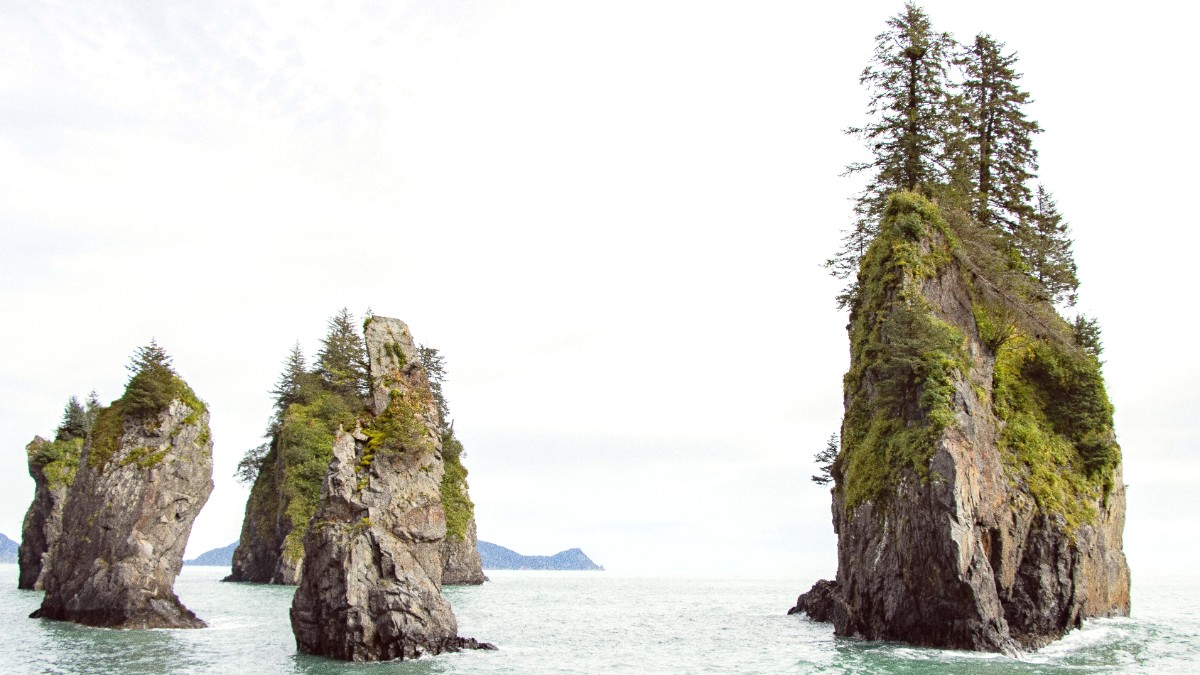
Alaska, USA
Before setting out, a thorough check of all travel documents and health considerations prevents delays. Visa and entry requirements for the United States apply. Confirm your passport validity (at least six months beyond your stay) and secure any necessary visas or ESTA authorization well in advance. For Canadian citizens, a valid passport is usually the only requirement for tourist stays up to six months.
Health-wise, no specific vaccinations for entry exist, yet keeping routine vaccinations current is generally wise. Discuss specific health concerns, like motion sickness for small plane travel, with your doctor. Consider travel insurance that covers emergency medical evacuation and trip disruptions; the remote nature of the region and high costs of services make this a valuable consideration. Always have physical and digital copies of all documents and reservations.
Alaska's West Coast presents high travel costs due to its remoteness. Plan for expensive flights, accommodation, and food. Carry sufficient cash, as card payments are not always available in smaller villages.
Summer (June-August) offers the mildest weather and most services but higher prices. Shoulder seasons (May, September) bring fewer crowds but less predictable weather. Winter delivers unique experiences but extreme conditions.
Air travel is the main mode of transport. Commercial flights reach regional hubs (Nome, Bethel). Bush planes connect to smaller villages. Expect strict baggage weight limits on smaller aircraft.
Wool/synthetics
Jacket & Pants
Hiking/Winter Boots
For electronics
Formal public transit systems are mostly absent. Regional hubs (Nome, Bethel, Dillingham, Kotzebue) mainly rely on taxis, often shared services, and personal vehicles. Ride-sharing apps like Uber or Lyft are generally not available.
Confirm all flight times 24 hours prior to departure.
Adhere to strict weight limits for bush flights.
Allow ample time at regional airports; facilities are basic.
Approach these interactions with respect and an open mind.
Pack out all waste. Dispose of trash properly.
Minimize your environmental impact.
Observe from a distance. Do not disturb or feed animals.
Protect natural behaviors.
Stay on trails. Avoid damaging vegetation.
Preserve the pristine wilderness.
Your journey to Alaska's West Coast offers not only breathtaking natural beauty but also a profound cultural experience.
Maintain a respectful and safe distance from all wildlife.
Stay on marked trails to minimize impact on fragile tundra ecosystems.
Recognize the spiritual and cultural significance of the land and its resources to Alaska Native peoples.
Embrace flexibility in your itinerary.
An open mind and adaptability will make your remote Alaskan adventure truly remarkable.